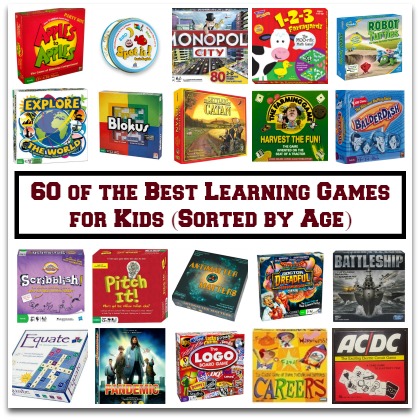 It was so easy to buy my kids toys when they were younger, but when they became middle schoolers I had no idea what they wanted!
It was so easy to buy my kids toys when they were younger, but when they became middle schoolers I had no idea what they wanted!
Well, I did know they wanted tech, but wasn’t there other kinds of toys and gifts that middle schoolers would love?
So we did a ton of research.
I found gifts to encourage creativity, learning, self-discovery, reading, healthy eating, parent-child connection, and outdoor play.
And the best part?
All these are from Amazon, they all have a 4+ rating from tons of reviews and most are available through free 2-day prime shipping, so even if you are shopping at the very last minute, you might still be able to get them in time!
[Read more…]
 Are you struggling to pick the perfect gift for a child this year?
Are you struggling to pick the perfect gift for a child this year?